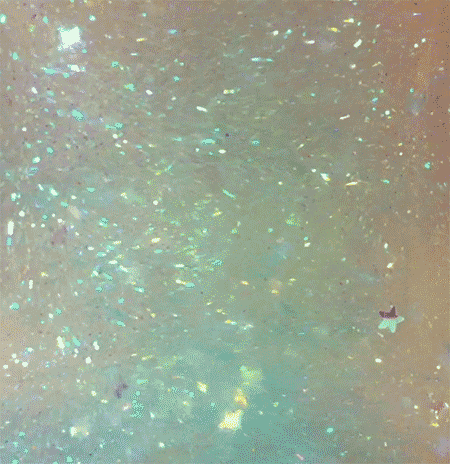Kitchen Stories (2012)
Makers: Sebastian Tan, Liviana Andrian, and Nuraidah Binte Mohamad Taip.
“Food, cooking, eating. Arranged by colour. A narration of recipes which becomes ambient in relation to the footage. This year quite a few projects where a continuous sound track has been used to solve the problem of how to identify connections between parts, though here it is sound and the use of colour. I like that it mixes languages. This is work from students from three different countries and so they were encouraged to use their own recipes but also to narrate the recipes using their own languages. It is about food and cooking and cultures. The backing music, no. A more complex soundtrck mixing kitchen and restaurant sounds would have worked much better.
I begin in yellow, then move through to red, orange, back to red.”
For this analysis of past students’ work of Korsakow films, the work “Kitchen Stories” will become my subject. The intention of a Korsakow film is to provide its audiences the chance to create narratives based on the interaction between short video sequences and patterns. “Kitchen Stories” is introduced by its authors as being a “narration of recipes”, that serves to complement the ambient footage. As a piece constructed by three students of differing nationalities, the audience is informed that the narration with be conducted in each student’s native language, assumedly as reference to the diverse culture of food.
“Kitchen Stories” begins with a warmly toned title page with a food porn-like sequence of shots of popcorn in a red bowl, paired with a quote lying near the bottom of the page – “To eat is to live, to live is to eat”, which is then repeated in both Japanese and Indonesian. This provides the viewer with a fairly clear idea that the authors are following through with their intended exploration of different artichokes for different folks. Moving past the title sequence takes the audience to a similarly coloured page where the main video sequence is set to the left and accompanied by four static thumbnails of differing sizes and placement on its right. From the information supplied by the authors of “Kitchen Stories”, the untidy arrangement of the thumbnails could perhaps be excused by the film’s aim to represent differences across cultures.
As the audience progresses through the film, the messy arrangement appears to be consistent, a certain patterning in its own right. Another pattern that becomes apparent almost immediately is the colour relationship patterning. As the film begins with bright yellow popcorn as its main subject, the adjacent thumbnails are similarly coloured and seem to continue the yellow pattern for a fair while. This pattern is interrupted by a splash of red in a thumbnail depicting gummy worms, which prompts the audience to consider other patterns such as shape, texture, and food type. This is the first example of noticeable differences after the tri-language quote from the titles, and is the first step away from being a relatively basic and whimsical piece on food. For instance, the red and yellow worms lead to four panels of which two are new; the relationship exposed between these new thumbnails is of food type and colour. What also becomes apparent is the previous pattern and relationship the worms were following; each click through the interface reveals more complexity in the film’s past and future. This could perhaps be likened to viewing a film more than once in order to understand it at another level.
 the title page ft. WordArt
the title page ft. WordArt
The interfacing within “Kitchen Stories” does work, even if the layout seems a little scattered at first. Because of the basic patterning of colour-coded food, the audience can almost predict an outcome very quickly; in reference to the red and yellow worms again, a viewer can expect that selecting a thumbnail also containing a red food item will produce similarly coloured foods in the next sequence. However, by following this pattern of colour, the audience is restricted in its choices of narrative as they are not being challenged to choose another pathway; triumphantly speeding through the colourful thumbnails masks the option to explore texture and food type until completing a fairly lengthy showcase of yellow, orange and red. Because of this easy monotony, “Kitchen Stories” falls a little flat in this area.
In terms of content, the audience is really not provided with much. The authors’ aim is assumedly to promote an exploration of food and culture; both the connotations and denotations of the K-Film’s introduction suggest so. The various patterns within the work, once fully realised, offer more depth to the footage than first expected; even so, the videos do not seem selected to represent the multicultural world of food as much as selected to conform to an idea of a warm colour palette. Pasta, gummy worms and onion rings may be universal but in this day and age, they don’t belong in an international kitchen.
 how did I get worms AGAIN !!?
how did I get worms AGAIN !!?
Upon a first viewing of “Kitchen Stories”, the content, interface and patterns do seem to move well together in a simple ambient piece about food, but with analysis to a level likely far further than the authors originally intended, the film falls short of the mark. There is very little meaning that the audience can derive from too many treks through the piece other than that at least three student households within Melbourne are lacking in iron, but not in Vitamin C.


